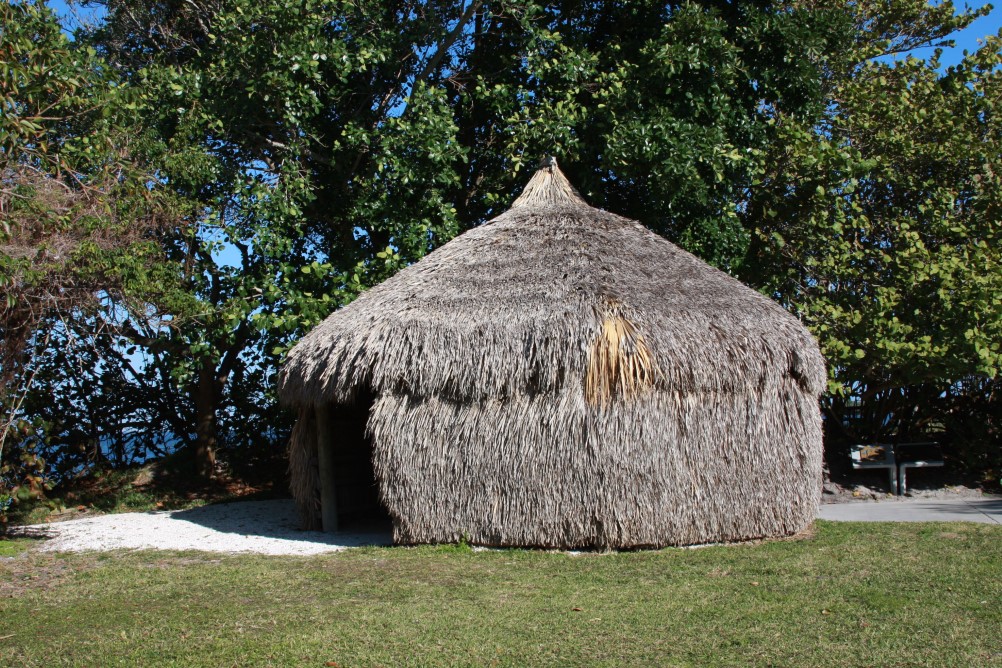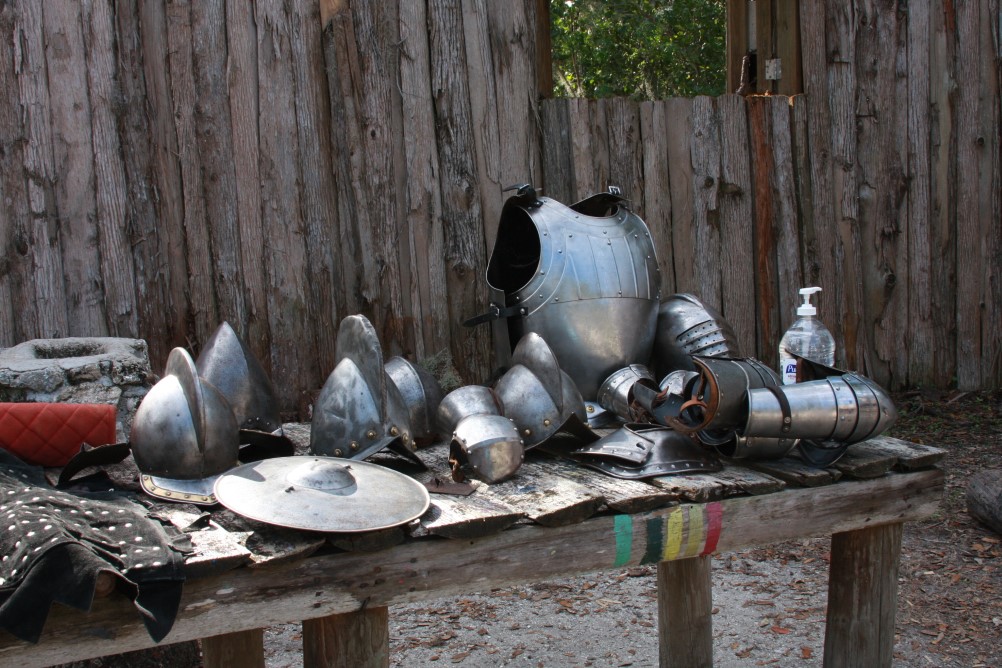January 29, 2023 @ 09:00 EST
Site visit # 66
The Spanish “Conquistadors” were not nice people! That’s probably the nicest way to say it. Hernando De Soto was right up there in “not nice”. The De Soto National Memorial does not honor DeSoto. Rather, it stands a a reminder to the terror and destruction he wrought in the southeastern United States, all in the pursuit of gold.
The park location is a best-guess as to where De Soto landed in 1539.
He had first voyaged to the western hemisphere at age 14, around 1510. After serving in Central America and later in the land of the Incas, De Soto returned to Spain a wealthy man. But he wanted more. More gold, more power and more land. He convinced King Charles to give him commission to explore (conquer and subdue) the lands of Florida.
On landing on the gulf coast, he immediately took local people prisoner, demanding to know where the gold is. Anyone who knows of the southeastern U.S. knows it is not a hotbed of gold. The locals simply told De Sota that gold, silver, and whatever else he wanted was just to the north. He set off, taking several prisoners to act as porters.

Everywhere he stopped, he was given the same story: gold is just north of here. Until he was finally ambushed. The superior firearms of the Spanish prevailed, though, and De Soto pressed on.
His quest turned into a multi-year endeavor through Florida, Georgia, the Carolinas, Tennessee, Alabama, Mississippi and Arkansas. De Soto never saw the end of this trek, dying in 1542. Upon his death, the search for wealth ended and those soldiers still alive found their way to Spanish holdings and safety.
Less than half of the soldiers he brought survived the ordeal. His damage to the native cultures wasa far more devastating. In addition to the sheer brutality he showed, killing thousands and enslaving as many, he left the survivors the gift of European diseases. Within 30 years, many of the thriving Indian towns were gone, By the 1700s, entire tribes and cultures had disappeared.
The De Soto National Memorial is a small site located on a peninsula into the Manatee River. The visitor center has a very good film on the history around De Soto’s journey. In addition, there was a presentation inside a small replica of a fort similar to what was probably constructed when the force landed.
The presentation inside the fort (made by a couple of park volunteers in time-period costume) highlighted some of the armor and weapons of the day. You have probably seen drawings of Spanish wearing metal helmets. I picked one up – barely! They are very heavy and I can’t imagine wearing it all day in Florida’s heat.

The presentation ended with a sample firing of a period musket. It was quite different from even Revolutionary Was muskets and a real time-consuming pain to load, prime and fire. On average, the local Indians could fire 5-6 very accurate arrows in the time a soldier fired his musket once.
Before I visited De Soto National Memorial, most of the names of Spanish explorers were just that – names. I couldn’t tell you much about what any of them did. Now, I can speak about De Soto, however, I can’t say I would have anything good to say about him.
Steve